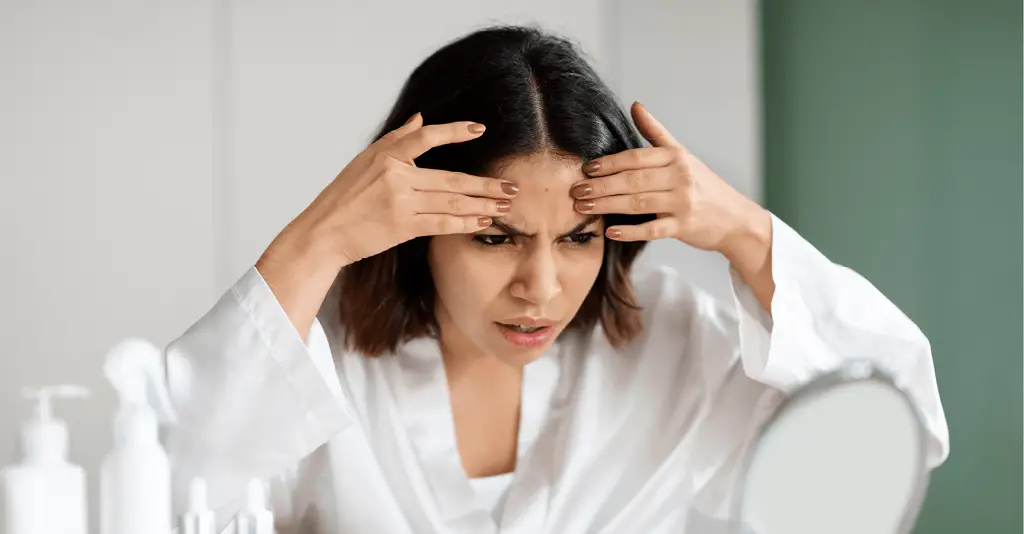Avoiding Tight Hairstyles: Essential Tips for Beauticians
The world of beauty is ever-evolving, yet one timeless truth remains: the health of our hair is paramount. For beauticians who craft and care for hair daily, understanding the importance of avoiding tight hairstyles isn't just beneficial; it's essential. Not only do such styles pose risks to the hair and scalp, but the allure of natural, healthy hair has never been more in vogue. As hair professionals, it's vital to strike a balance between style and hair health.

The Hidden Risks of Tight Hairstyles
Tight hairstyles can often result in more than just fleeting discomfort for clients. Hair pulled too tightly can lead to a condition known as traction alopecia, a form of gradual hair loss caused by damage to hair follicles. Additionally, tight hairstyles might create tension on the scalp, leading to headaches or even more severe conditions over time. As beauticians, being cognizant of these risks helps in advising clients appropriately, ensuring both aesthetic and health goals are met.
Understanding Hair Structure
Many clients may request styles that tightly bind their hair, not realizing the potential harm. By educating them about hair structure, beauticians can foster a hair care routine that emphasizes strength and resilience. Human hair is composed of cuticles, which are delicate and can break under stress. With this knowledge, beauticians can guide clients in selecting styles that are both fabulous and fortifying for their hair.
Alternatives to Tight Styles
Thankfully, the beauty industry is rich with creative alternatives to tight hairstyles. Looser braids, soft buns, and wavy, carefree looks have taken center stage, offering stylish outcomes without the strain on hair. Emphasizing the versatility of such looks not only protects hair health but aligns with current trends that favor a natural yet polished aesthetic.
Incorporating breathable hair accessories such as silk scrunchies and loose ribbons can add charm and prevent hair damage. Similarly, prioritizing the use of products designed for hair health, like conditioners and heat protectants, rounds out a holistic approach to maintaining a client's luscious locks.
Proactive Hair Health Practices
Aside from styling, beauticians can advocate for a comprehensive approach to hair care. Encouraging clients to use quality shampoos, conditioners, and hair masks as part of their home care regime complements the attention given in the salon. Additionally, having conversations about the importance of regular cleaning of brushes and other tools, as discussed at Regular Cleaning of Razors and Brushes, can help in sustaining a healthier scalp environment.
Understanding scalp health extends to recognizing stressors such as weather changes and environmental pollutants that impact hair condition. Beauticians can play an instrumental role by providing clients with tailored tips to manage these challenges effectively. Resources such as Managing Stress to Prevent Folliculitis offer valuable insights into maintaining overall well-being that integrates into effective hair care strategies.
Building Client Trust Through Education
When clients feel educated and empowered about their hair care choices, their trust and loyalty to their beautician deepens. It's more than just offering a serviceit's about creating a partnership where the beautician acts as a trusted advisor. This relationship can be cultivated through workshops or quick, informal lessons during appointments. Discussing why avoiding tight hairstyles matters and illustrating how to achieve that shining, healthy outcome clients crave fosters a connection that lasts well beyond the salon door.
Sharing insights and scientifically-backed advice can be further supplemented by directing clients to reliable sources, such as the American Academy of Dermatology and their page on folliculitis, helping clients understand the deeper implications of improper hair care.
Staying Ahead in the Beauty Industry
The commitment to client education not only builds trust but keeps beauticians at the cutting edge of beauty industry trends. As more individuals recognize the health consequences associated with tight hairstyles, beauticians who proactively offer solutions are set to excel. Engaging with resources provided by established platforms such as the Mayo Clinic offers professionals added insights into maintaining optimal hair and scalp wellness.

Conclusion
The practice of avoiding tight hairstyles is increasingly seen not just as a trend but as a wise decision for long-term hair health. Beauticians who lead the charge in fostering healthier hair habits become invaluable assets to their clients, translating their care into beauty that lasts. The future of hair care lies in harmonious styling methods that celebrate natural beauty while ensuring preservation and protection of every strand.
FAQ
Q1: Why are tight hairstyles harmful over time?
A: Tight hairstyles exert significant strain on hair follicles, which can lead to traction alopecia, a condition that results from prolonged tension applied on hair over time. This can potentially yield permanent hair loss if not addressed promptly.
Q2: What are some recommended alternatives to tight hairstyles?
A: Some stylish, healthier alternatives include loose buns, soft waves, and gentle braids. Using hair accessories like silk scrunchies also minimizes damage.
Q3: How can beauticians educate clients about hairstyle choices?
A: Beauticians can educate their clients through informative consultations, where they explain the risks of tight hairstyles and offer stylish alternatives. Providing trustworthy resources from respected organizations can enhance their understanding further.

